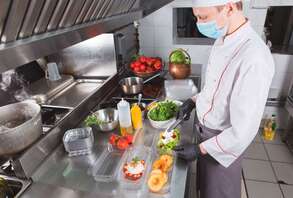 Ghost kitchens: Do the numbers work for you? Ghost kitchens are continuing their climb: By 2030, they are predicted to hold a 50 percent share of the drive-thru and takeaway foodservice markets, respectively, according to Statista. As restaurant operators think about the best ways to serve existing customers and tap into new markets, ghost kitchens could be an important part of a business strategy. Perhaps you had to close a brick-and-mortar location before or during the pandemic – or you want to enter a new market that sounds like a good match for your brand. You could open a small brick-and-mortar location in a high-traffic area to collect information. But you may be able to gain the same – or better – insights with a ghost kitchen operating with a much smaller real estate footprint in a less-expensive area. Ghost kitchens’ ability to help brands test market viability in a low-risk way is exactly why brands like Famous Dave’s consider them to be important to their business model. As Al Hank, COO of Famous Dave’s parent company BBQ Holdings Inc., said in an interview with 1851 Franchise: “That is typically a multi-million-dollar test, and you never know what the outcome is going to be, but ghost kitchens allow you to do it in a much more cost-effective manner.” So exactly how cost-effective might a ghost kitchen be for you? Dan Fleischmann of the restaurant equity investor Kitchen Fund developed a ghost kitchen calculator, available at Restaurant Dive, to help concepts get an initial sense of whether a ghost-kitchen concept might make financial sense. You plug in some key data about the business, cost structure and volume assumptions, then the calculator projects the resulting profit or loss, as well as the return on invested capital.  For restaurants, the past two years have taken creative problem solving to a new level. That has extended to how new and existing restaurant projects are being funded. Higher numbers of restaurants have been inviting loyal guests to help fortify their business for the long haul by becoming investors – the number of restaurant crowdfunding projects on Kickstarter alone grew from 3,400 in mid-2019 to nearly 4,000 in January of this year. The timing makes sense, considering the vast number of restaurants that have been looking for business loans and the smaller pool of large investors available to support them. Further, a restaurant’s loyal guests know first-hand how the business makes a positive impact on their community. If you’re interested in learning more about the possibility of asking guests to support your business in this way, there are a range of contribution models that have come about to help, including Honeycomb, which allows a donor to potentially earn a return on their investment, unlike the lower-stakes, Kickstarter-type models in which someone makes a donation and gets a free meal or merchandise in return. Of course, this also means that operators have more local eyes on them as they run the business day to day – though small restaurant investors may also view their investment as less of a wealth-building scheme than a means of paying it forward. 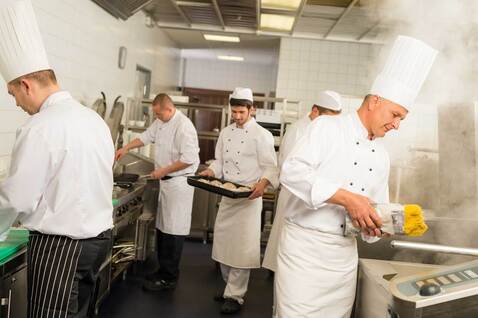 Two years into the pandemic, many people working or investing in the restaurant industry are still (understandably) operating in defense mode – cutting back on expenses, trying to anticipate the next challenge and otherwise playing it safe until somewhat more normal conditions return, whenever that may be. But for others, it is prime time to take risks. For instance, Fortune recently reported that since the start of the pandemic, Mercado Partners' Savory Fund has doubled down on restaurant investments. It raised two separate funds of $100 million each, aggressively invested in seven new restaurant brands and opened 55 new restaurants. On a smaller scale, forward-thinking operators are also finding opportunities for reinvention right now (and at a lower-risk entry point than might exist when the restaurant industry is flying high). QSR Magazine reports that when the restaurant Otto’s Tacos was concerned about having to close, neighboring restaurant Mighty Quinn’s Barbecue, which had a similar inventory, equipment, commitment to quality and footprint in New York City, saw an opportunity to grow both businesses. Otto’s Tacos has survived as a virtual brand run out of Mighty Quinn’s kitchen facility. While the pandemic continues to throw curveballs at restaurant operators, it is also revealing opportunities for positive and profitable change – if you know where to look. In 2020, even Daniel Boulud has needed to be creative about finding new sources of financial support. Bloomberg reports that Boulud, who just opened a temporary restaurant in New York City, accepted luxury-product sponsors ranging from a coffee company to a vineyard to help fund the renovation of his new Mediterranean-style dining room and staff uniforms. Granted, Boulud has strong name recognition and a high-end clientele to his benefit. But his story is an example of how a community – whether that be neighborhood patrons, businesses serving a similar demographic, or large corporations that rely on a strong local economy – can come together to support restaurant businesses in recovery. This year has forced restaurant operators to think beyond conventional boundaries. As businesses look to find a sustainable path to recovery, there may be opportunities to partner with others to help pave the way. Could you solicit sponsorships from local companies to help make needed improvements at your business – and look for ways to credit them (and promote their products) both within your restaurant and on your online platforms? Could you contact organizations your restaurant has donated to in the past to encourage them to place orders with you? Are there any opportunities to partner with other restaurants who lack suitable outdoor space and open a winter-time outdoor dining area offsite? Communities need local businesses to thrive. What people and organizations can help you stay the course?
No question, the restaurant landscape will look a lot different once we emerge from the pandemic. Technomic estimates that 20 to 25 percent of independent restaurants won’t reopen. It’s easy to dwell on the sad realities of losing these businesses, but what if this period is what is required to usher in an industry transformation that many restaurant operators and employees would argue is long-needed? In a recent Eater report, two dozen restaurant leaders were asked to predict what the industry might look like in five years. Many of them see reasons for optimism – but first, they say some broken systems need to be overhauled when it comes to employee compensation, food transparency, consumer education about the true cost of food, management of the supply chain, and changes to the ownership structure of restaurant businesses. In the meantime, what’s clear is that consumers’ demand for restaurant meals won’t diminish – and as the Washington Post reports, new service formats like ghost kitchens are actually experiencing significant growth right now to meet that demand. While the experience of dining on restaurant food may well change in the coming months in years, perhaps the range of new restaurant businesses that emerge from this period will serve as incubators for fresh ideas on making the industry work more sustainably for all.
Fall is the season of preparation. What can you do now to keep business steady through the winter? In Chicago, no stranger to frigid winters, IDEO, BMO Harris Bank and the Illinois Restaurant Association partnered to launch the Winter Dining Challenge, which invites Chicagoans to suggest creative ways that the city’s restaurants can transform their on-premise dining areas to comfortably serve guests through the winter. (The selected ideas will be announced in late September and each winner receives $5,000 and the opportunity to develop their idea at a restaurant or bar.) If your menu and service model are a fit for takeout, double down on your efforts to offer seamless curbside pickup and, ideally, in-house delivery this winter. That includes ensuring your menu travels well, is profitable, is easy for customers to order via your website or app, can be prepared quickly and efficiently in your kitchen, and is packaged in a way that protects both the safety and quality of the food. Or…you might step back altogether. Some operators are considering closing their doors during the winter months. This option may suit operators that are not only financially able to hibernate for a few months but are also used to doing a robust business for holiday parties and groups that won’t be gathering in large numbers this winter. While the loss may be too large for some operators to manage, taking a break may provide a rare opportunity to renovate dining rooms for a new way of operating, make overdue repairs and upgrades, and revamp menus, technology, staffing plans and promotions for a grand reopening in the spring.
While the news headlines may be gloomy, don’t lose hope – there actually are foodservice operators who are managing to make lemonade from a whole lot of lemons right now. The ones forging a way through these stressful times are getting creative: Wingstop, which is experiencing an uptick in sales right now, is tapping into an oversupply of chicken and offering a free delivery promotion that is driving sales. Farmers Restaurant Group has shifted to a bodega concept that sells meal kits customers can schedule for pickup using OpenTable. Another operation that has nimbly shifted its approach is Front Burner Restaurants, which operates eight restaurant brands in six cities in the southern U.S. At the start of the pandemic, Front Burner had to furlough 4,000 employees, but it quickly shifted gears to create Furlough Kitchen, a non-profit concept that offers one free meal kit a day from its restaurants to hospitality workers who have been furloughed as a result of COVID-19. Through the support of community donations and anticipated federal stimulus funding, the company rehired employees working in its catering operation, as well as some of its hourly employees who take orders, post on social media and carry food out to customers for curbside pickup. Regular customers, suppliers, vendors and others in the community have been generous with donations and other support, and tips are collected into a pool that is distributed on the pay cards of furloughed employees. Furlough Kitchens currently has two locations and expects to open five additional locations from its existing restaurants soon. In a recent Restaurant Business podcast, Front Burner CEO Randy Dewitt said they are currently funded through the next 60 to 90 days. He thinks that finding a way to keep his restaurants open – even if they’re not profiting right now – should help with their eventual recovery. The community goodwill he is building in the meantime won’t hurt.
Across the restaurant industry right now, profits range from 0 to 15 percent, according to Toast, and profits between 3 and 5 percent are most common. That doesn’t leave much wiggle room for making errors or adapting to industry changes such as the rising demand for off-premise dining. Operators have to be continuously creative when it comes to finding and mining sources of revenue, whether from new products, services or partnerships. (Note the current fervor around restaurant brands partnering with Beyond Meat, with Subway and Hardee’s being just two of the latest companies to tap into the meat substitute’s popularity.) Restaurant Nuts suggests operators consider options such as joint ventures – for example, partnerships with grocery stores to sell your products can help you promote a special offering while lowering your sales and marketing expenses. Or, as All Food Business suggests, you can partner with a corporation to offer expense accounts, business dinners, client programs or events that can generate income. You can align with a business or charity whose mission complements yours if it helps you to expand your audience, offer a special event you wouldn’t be able to offer on your own, or tap into resources (such as technology or delivery capabilities) that benefit both parties. Within your business, building out a catering menu can help you make the most of your food costs (and minimize waste) while serving lucrative off-premise and corporate customers. Depending on your business, there may also be opportunity to offer retail products like clothing or take-home versions of signature sauces that your restaurant is known for.
Any chef can confirm it: Running a restaurant well can require the skills of a lawyer, doctor, designer, HR manager, mechanic, janitor, and the list goes on. And that’s on top of having to offer an appealing, in-season menu that can be readily adapted to different nutritional needs. While that ever-changing environment can bring interest and variety to each day, chances are you were drawn to the restaurant industry more because of the food than for your ability to negotiate a beneficial contract or identify the best cleaning supplies. Further, the multitasking often required in a restaurant setting can kill productivity: A University of Michigan study found that when a person attempts to accomplish more than one task at a time, productivity drops by 40 percent. Team Four’s Palette program can serve as an extra pair of hands, taking on some of the responsibilities on your plate so you can multitask less and focus more on parts of the business that suit you best. For example, Palette can help you fine-tune your brand, including redesigning your menu or updating your graphic identity on your website, signage and marketing materials. You can also access restaurant equipment, linens, office and cleaning supplies, along with services for managing waste collection and pest control. And in case your menu or inventory needs attention too, we can help you develop new recipes, identify cost-effective menu substitutions, improve your food safety record and offer negotiated contract pricing to help ensure you’re getting the products you need at the best value. You can access the full list of services included in Team Four’s Palette program at www.palettefoodservice.com.
|
Subscribe to our newsletterArchives
April 2024
Categories
All
|
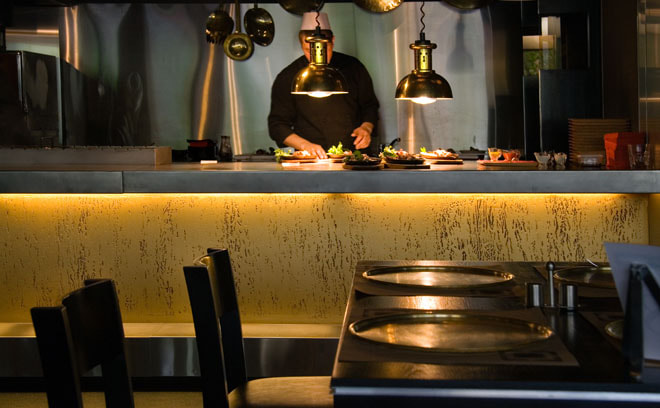
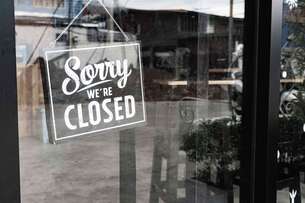

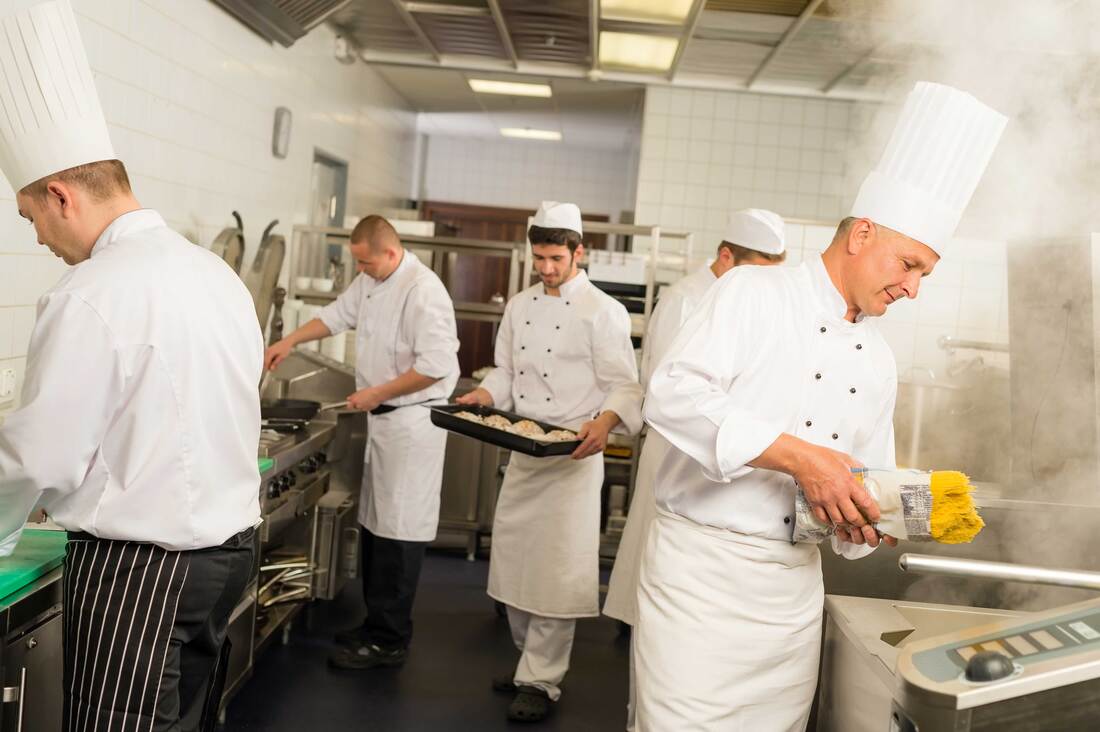

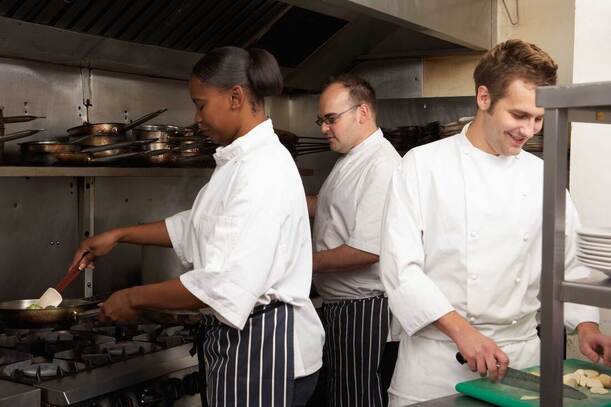

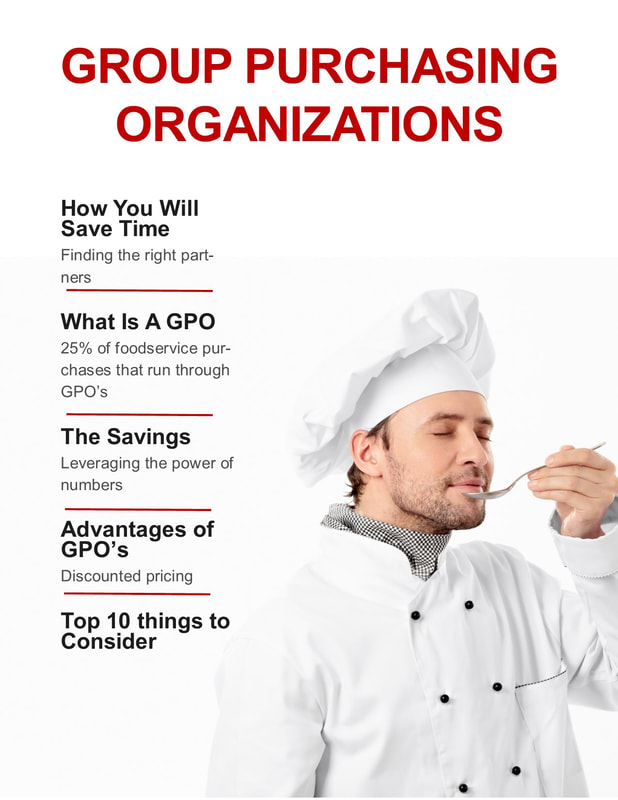

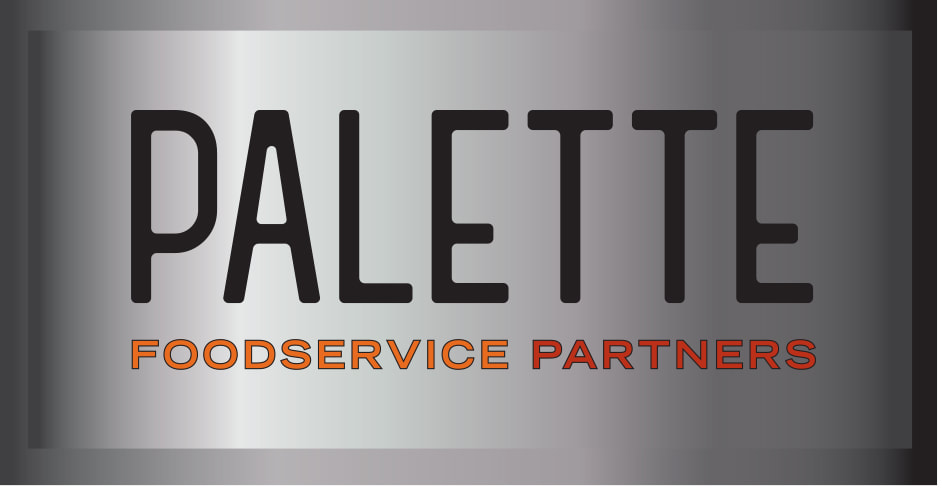
 RSS Feed
RSS Feed